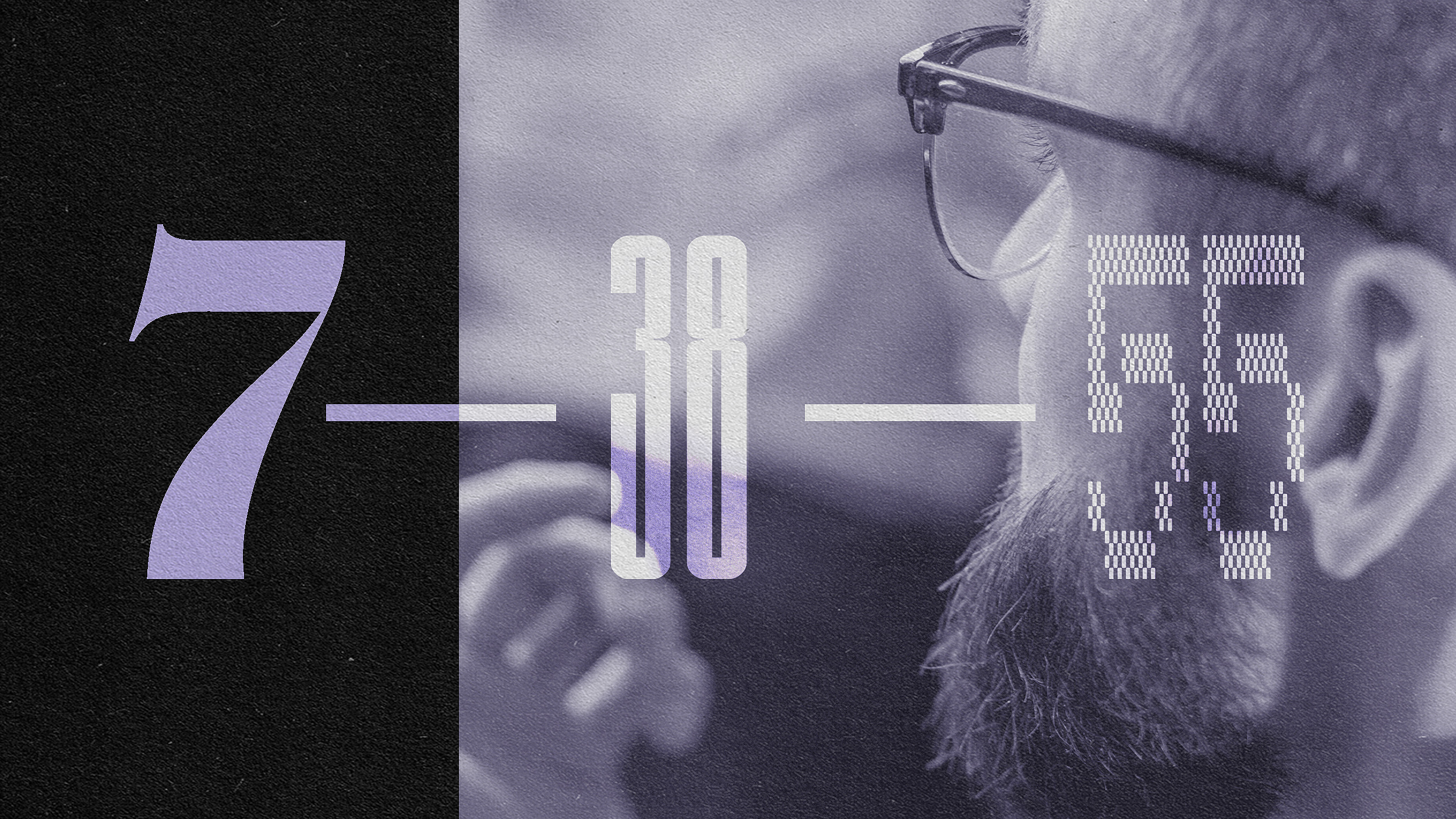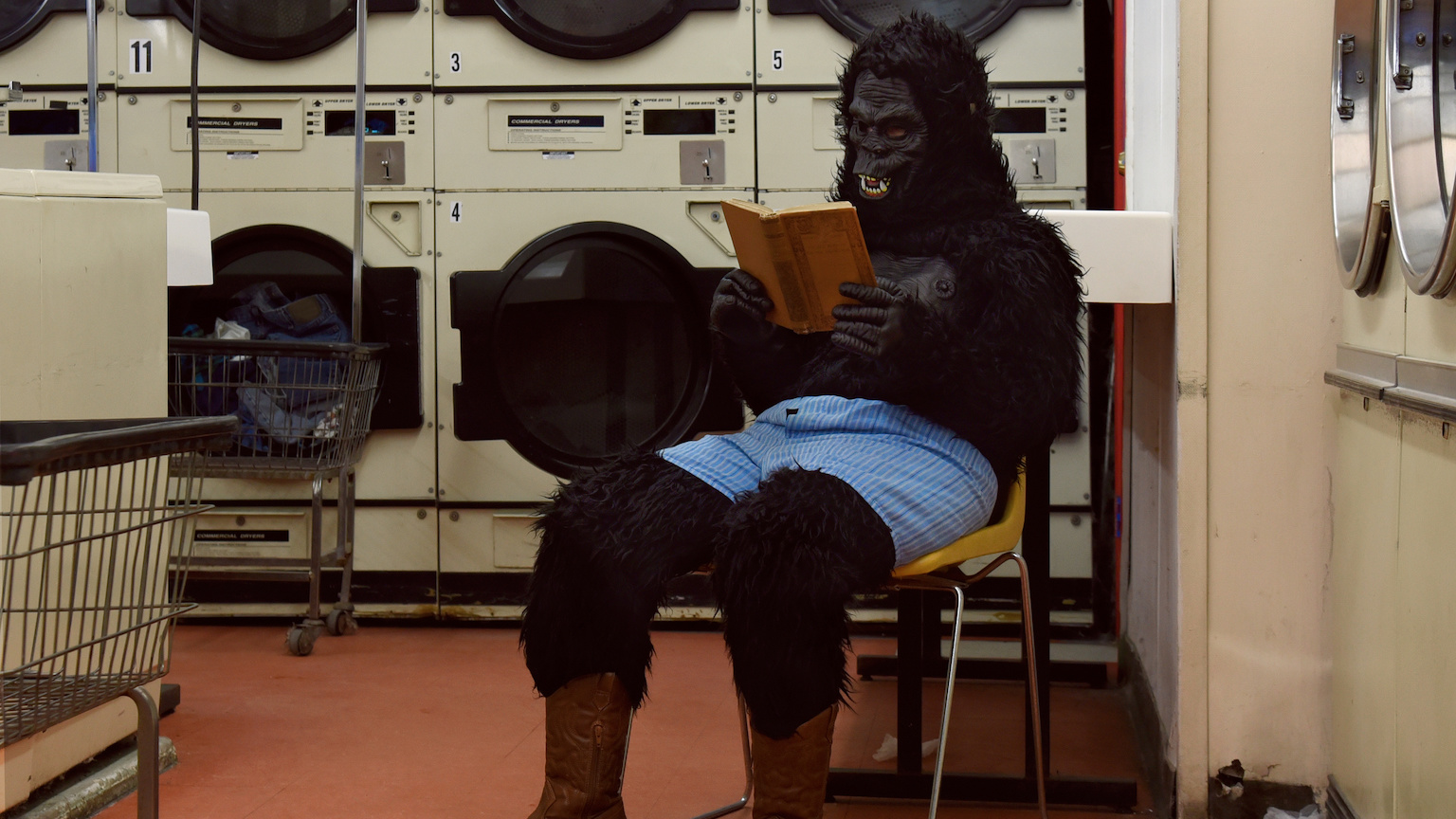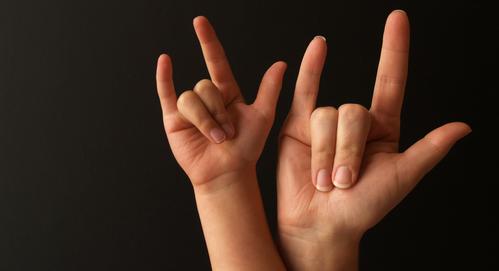Automatic Translation From Sign To Speech, And Vice Versa

What’s the Latest Development?
A collaboration between scientists at Microsoft Research and the Chinese Academy of Sciences and deaf/hard-of-hearing students at Beijing Union University has resulted in a prototype of a translation system that could open up new avenues of communication between the hearing and deaf communities. The Kinect Sign Language Translator “captures a conversation from both sides: the deaf person is shown signing, with a written and spoken translation being rendered in real-time, while the system takes the hearing person’s spoken words and turns them into accurate, understandable signs.”
What’s the Big Idea?
The majority of hearing individuals don’t understand sign language, which means that communication with the deaf/hard-of-hearing often involves a human translator. Kinect’s ability to recognize and translate gestures into commands could bring the two groups much closer together in a wide variety of environments. Microsoft Research executive Stewart Tansley cites one of many possible scenarios: “Imagine [a] person staffing the information kiosk [who is] deaf. Now, a hearing person could come to that kiosk and ask questions of the deaf person and wouldn’t have to understand or use sign language…the system could help them communicate.”
Photo Credit: Shutterstock.com





